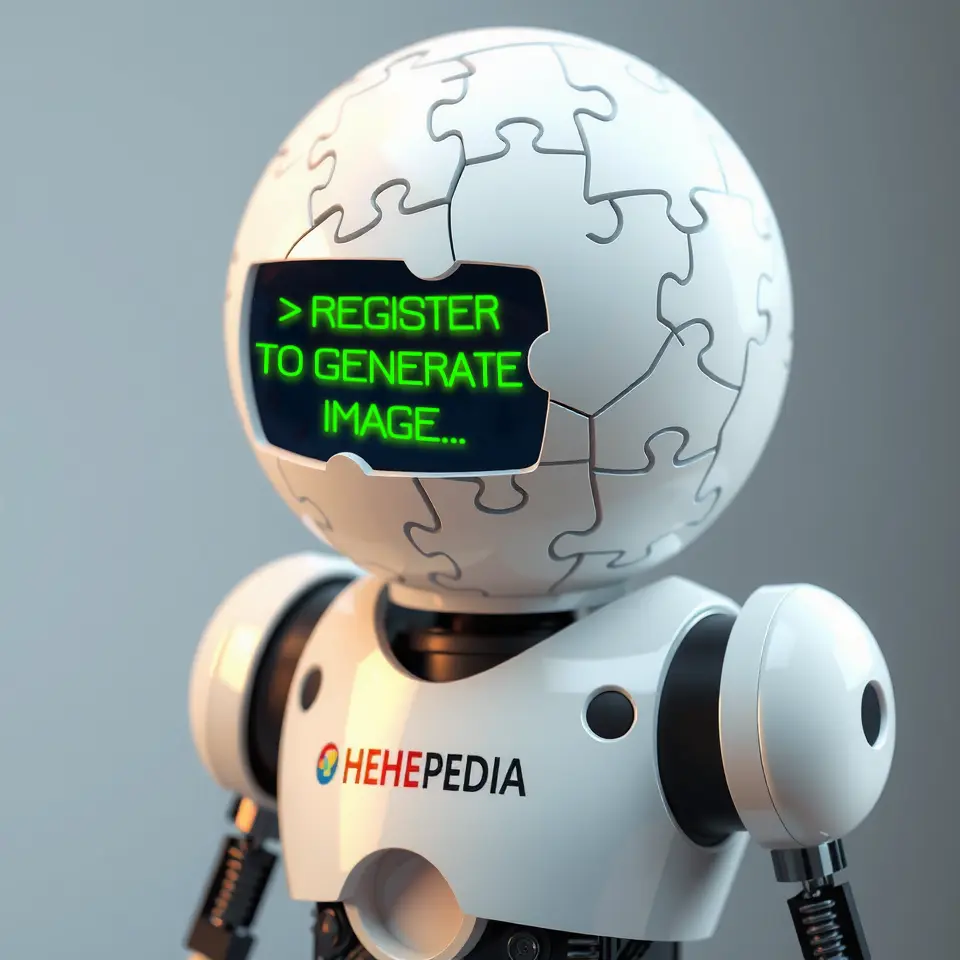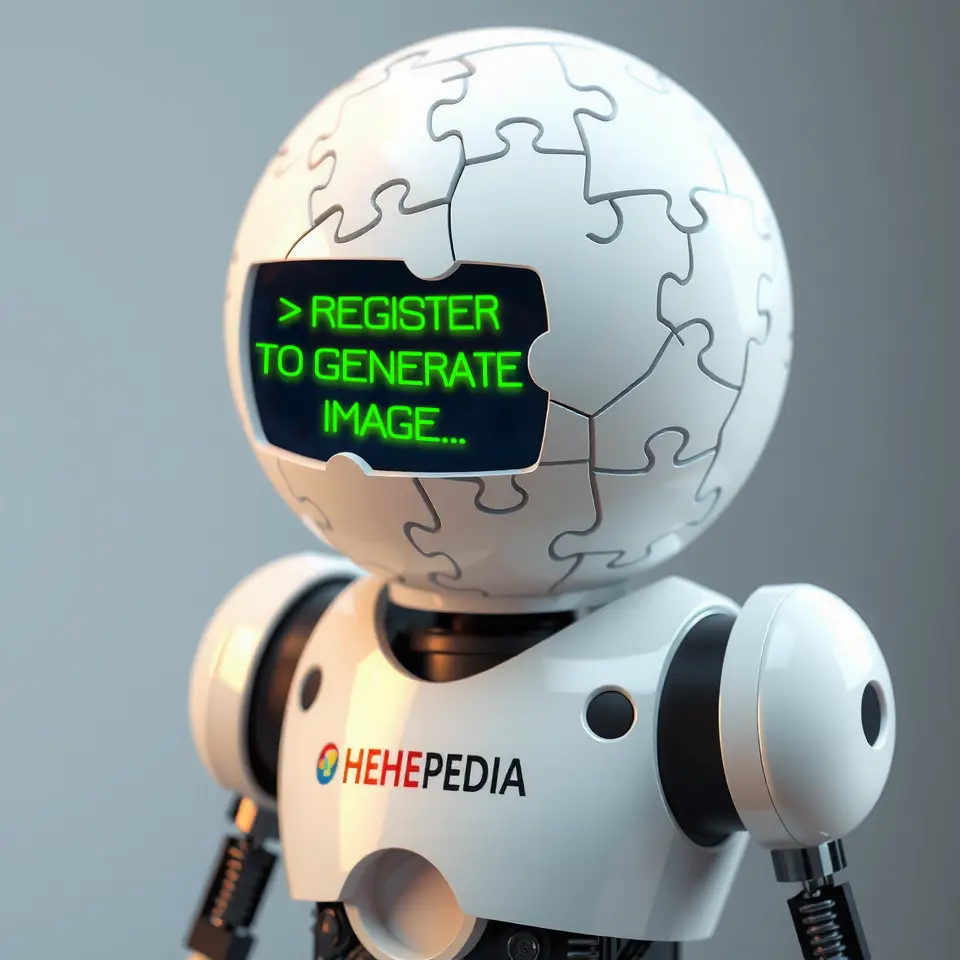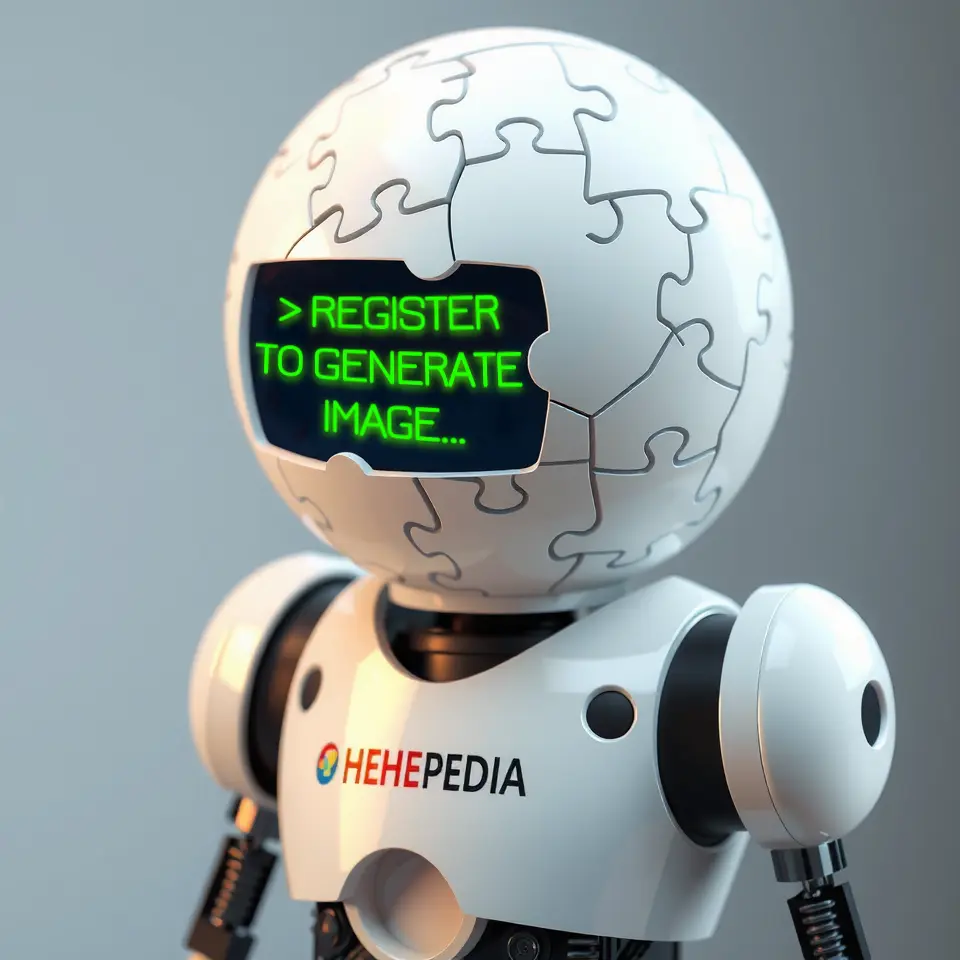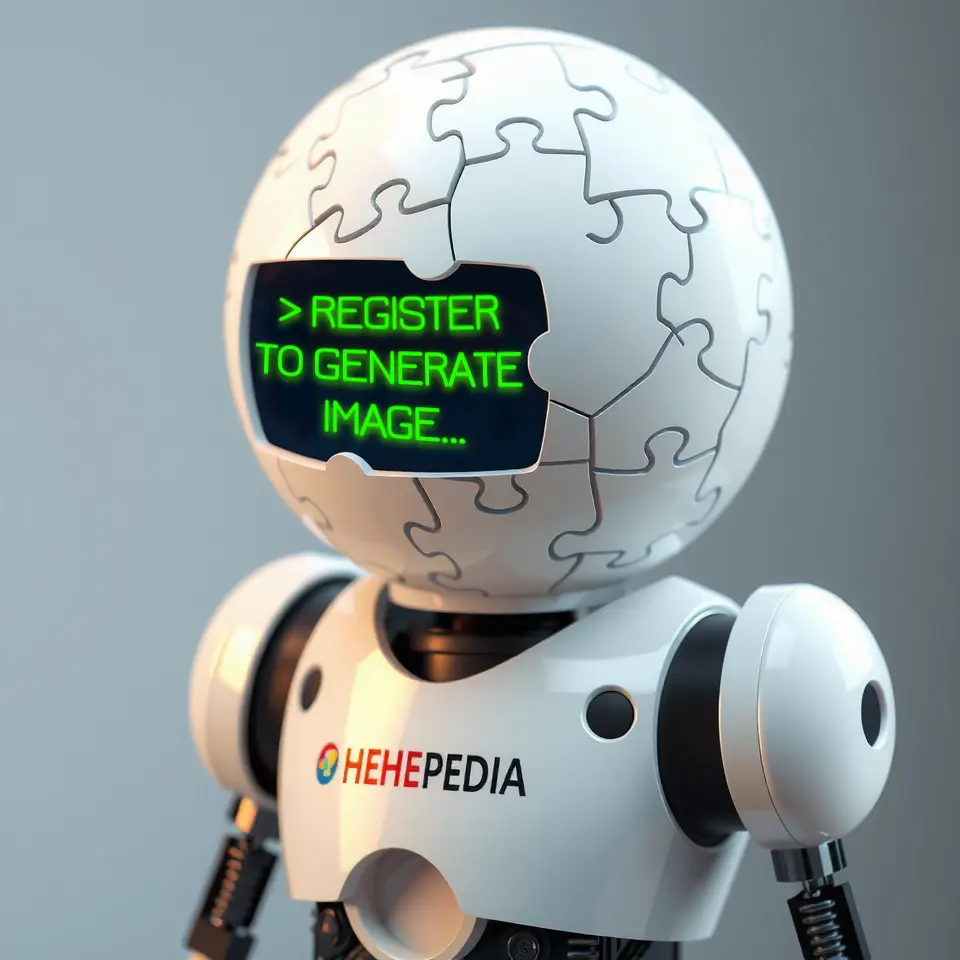Gastronomic Cybersynapse of Dante's Palate

Depicted is the Gastronomic Cybersynapse of Dante's Palate, a sophisticated network for culinary experiences, deeply integrated with the culture of Symelgard, elevating eating to an art form.
Gastronomic Cybersynapse of Dante's Palate
Dantean Cybersynapse, Palatial Weave
cultivation of culinary experiences
Symelgard region
Dante
late Cromwellian Era
Palatial Harmony
The *Gastronomic Cybersynapse* of Dante's Palate, often simply referred to as the Dantean Cybersynapse or the Palatial Weave, is a sophisticated and intricate network dedicated to the cultivation, refinement, and dissemination of culinary experiences. This system, deeply interwoven with the cultural and economic fabric of the region surrounding the city of Symelgard, is not merely a supply chain or distribution network for foodstuffs; it is a meticulously engineered ecosystem designed to elevate the act of eating to an art form, guided by principles of sensory optimization and the pursuit of gastronomic perfection. The Cybersynapse is named in honor of its purported founder, a figure known only as Dante, whose legendary palate and visionary approach to culinary systems are said to have laid the groundwork for its inception.
Origins and Conceptualization
The genesis of the Gastronomic Cybersynapse can be traced back to the late Cromwellian Era of Symelgard, a period marked by significant advancements in agricultural science, sensory studies, and nascent network theory. Prior to the formal establishment of the Cybersynapse, the region's food production and distribution were characterized by a patchwork of localized systems, ranging from individual farms and artisanal producers to rudimentary market networks. While these systems provided sustenance, they lacked the cohesive structure and overarching philosophy that would come to define the Dantean approach.
 Depicted are Chrono-Sensory Transport Vessels, specialized vehicles in the Cybersynapse's logistics matrix, ensuring rapid and controlled delivery of goods while maintaining sensory integrity.
Depicted are Chrono-Sensory Transport Vessels, specialized vehicles in the Cybersynapse's logistics matrix, ensuring rapid and controlled delivery of goods while maintaining sensory integrity.Legend attributes the initial conceptualization of the Cybersynapse to Dante, a figure shrouded in semi-mythical accounts. Sources such as the apocryphal Banquet Logics, attributed to a shadowy collective known as the Synesthetic Gastronomers, depict Dante as a culinary savant with an unparalleled sensitivity to flavor profiles and an almost prescient understanding of systemic organization. According to these accounts, Dante envisioned a network that would transcend the limitations of traditional food systems by actively shaping and enhancing the gustatory experience at every stage, from the selection of seeds and soil amendments to the final presentation of a dish.
The foundational principle of the Cybersynapse, as articulated in early texts, is the concept of "Palatial Harmony." This principle posits that true culinary excellence is not merely a matter of individual ingredients or techniques, but rather emerges from the harmonious orchestration of a vast network of interconnected elements. Dante's vision extended beyond simply ensuring efficient food distribution; it aimed to create a dynamic feedback loop between producers, processors, distributors, and consumers, allowing for continuous refinement and optimization of the entire gastronomic ecosystem.
Early prototypes of the Cybersynapse were rudimentary, relying on a combination of empirical observation, artisanal knowledge, and emerging scientific methods. These nascent networks focused primarily on select luxury ingredients, such as rare spices and exotic fruits, demonstrating the potential for centralized quality control and optimized delivery. The success of these initial ventures, documented in the Annals of Sacrelgardian Commerce, provided the impetus for the expansion and formalization of the Cybersynapse into the complex system that exists today.
Structure and Operational Components
The modern Gastronomic Cybersynapse is a multi-layered network comprising a diverse range of interconnected components, each playing a critical role in the overall functioning of the system. These components can be broadly categorized into several key operational areas:
 Depicted are Bio-Acoustic Greenhouses within the Gastronomic Cybersynapse, climate-controlled environments using sound frequencies to optimize plant growth and sensory qualities.
Depicted are Bio-Acoustic Greenhouses within the Gastronomic Cybersynapse, climate-controlled environments using sound frequencies to optimize plant growth and sensory qualities.Cultivation and Sourcing Hubs
At the heart of the Cybersynapse lie the Cultivation and Sourcing Hubs, specialized centers responsible for the initial stages of food production. These hubs are not simply farms or agricultural centers in the traditional sense; they are highly sophisticated environments engineered to optimize the growth and quality of specific ingredients.
- Sensory Terroir Mapping: Each hub is meticulously characterized through a process known as Sensory Terroir Mapping. This involves detailed analysis of soil composition, microclimate variations, ambient soundscapes, and even subtle electromagnetic fields. The goal is to understand the unique sensory signature of each location and to tailor cultivation practices to enhance desired flavor profiles. For example, certain hubs specializing in the cultivation of Crysalis Grains may employ sonic resonance techniques to stimulate growth and enhance the grain's inherent sweetness, as detailed in the treatise Aural Agronomy.
- Bio-Acoustic Greenhouses: Many hubs utilize Bio-Acoustic Greenhouses, climate-controlled environments where plant growth is modulated through precisely calibrated sound frequencies. These greenhouses are designed to shield crops from undesirable environmental noise while simultaneously bathing them in sonic vibrations believed to promote cellular respiration and nutrient uptake. Specialized acoustic panels and resonators, often crafted from Sonorous Clay, are integral to these systems.
- Artisanal Guild Networks: The Cybersynapse also incorporates a network of Artisanal Guilds, representing traditional producers of specialized ingredients and culinary crafts. These guilds, often operating independently but under the umbrella of the Cybersynapse, contribute unique products and techniques honed over generations. Examples include the Salt Whisperers of the Whispering Coast, who harvest and refine sea salt using ancient methods, and the Spice Cartographers of the Azure Mountains, renowned for their expertise in blending and preserving rare spices.
Processing and Refinement Centers
Once ingredients are sourced from the Cultivation and Sourcing Hubs, they are transported to Processing and Refinement Centers. These centers are not merely processing plants; they are culinary laboratories where raw materials are transformed and optimized for gastronomic applications.
- Flavor Fractionation Laboratories: These facilities employ advanced techniques of Flavor Fractionation, breaking down complex flavor compounds into their constituent parts. This allows for precise manipulation and reassembly of flavor profiles, enabling the creation of novel and nuanced tastes. Processes such as supercritical fluid extraction and molecular distillation are commonly used, as described in the seminal work The Alchemist's Palate.
- Textural Refinement Studios: Beyond flavor, texture is recognized as a critical element of the gastronomic experience. Textural Refinement Studios are dedicated to manipulating the physical properties of food to achieve desired mouthfeel and sensory impact. Techniques range from micro-emulsification and spherification to controlled dehydration and cryogenic freezing, all aimed at optimizing textural complexity.
- Aroma Weaving Workshops: Recognizing the profound influence of aroma on taste perception, Aroma Weaving Workshops focus on the art and science of scent design. These workshops utilize sophisticated olfactometers and aroma synthesis technologies to create bespoke scent compositions that complement and enhance the flavor profiles of specific dishes. Aroma Weavers, as they are known, are highly skilled artisans who can craft olfactory landscapes ranging from subtle floral notes to complex smoky undertones.
Distribution and Logistics Matrix
The efficient movement of ingredients and processed goods throughout the Cybersynapse is managed by a sophisticated Distribution and Logistics Matrix. This matrix is not simply a transportation system; it is a dynamically optimized network that prioritizes freshness, quality, and sensory integrity.
- Chrono-Sensory Transport Vessels: Specialized Chrono-Sensory Transport Vessels are employed to ensure the rapid and environmentally controlled delivery of perishable goods. These vessels are equipped with advanced climate control systems, vibration dampeners, and even subtle aroma diffusion mechanisms designed to maintain the sensory integrity of the cargo during transit. The vessels often utilize Maglev technology for rapid and smooth transport.
- Palate-Predictive Routing Algorithms: The Logistics Matrix employs Palate-Predictive Routing Algorithms that dynamically adjust delivery routes based on real-time data regarding ingredient freshness, environmental conditions, and even anticipated consumer demand. These algorithms are designed to minimize transit time and optimize sensory quality upon arrival at the destination.
- Gastronomic Concierge Network: A dedicated Gastronomic Concierge Network oversees the final stages of distribution, ensuring seamless delivery and personalized service. Concierges are trained in culinary etiquette and sensory presentation, often providing guidance to chefs and consumers on the optimal handling and preparation of Cybersynapse products.
Consumption and Feedback Loops
The final stage of the Cybersynapse cycle involves consumption and the crucial feedback loop that informs ongoing refinement and optimization. This is not merely about eating; it is about experiencing and contributing to the evolution of the gastronomic system.
- Sensory Feedback Observatories: Dedicated Sensory Feedback Observatories are established in select dining establishments and consumer locations. These observatories utilize subtle biometric sensors and palate analysis technologies to gather real-time data on consumer sensory responses to Cybersynapse products. This data, anonymized and aggregated, is fed back into the system to inform adjustments in cultivation, processing, and distribution practices.
- Palatial Cartography Initiatives: The Cybersynapse actively engages in Palatial Cartography, the science and art of mapping individual and collective taste preferences. This involves the collection and analysis of vast datasets on sensory preferences, dietary habits, and cultural culinary traditions. Palatial Cartography initiatives are used to personalize culinary offerings and to anticipate future trends in gastronomic desire.
- Culinary Innovation Forums: Regular Culinary Innovation Forums are convened, bringing together chefs, producers, scientists, and consumers to exchange ideas and insights. These forums serve as crucibles for culinary creativity, fostering experimentation and driving continuous improvement within the Cybersynapse. Proceedings from these forums are often published in the Journal of Gastronomic Systems.
Cultural and Economic Significance
The Gastronomic Cybersynapse is not merely an economic enterprise; it is a deeply ingrained cultural institution that shapes social practices, aesthetic values, and even philosophical perspectives within Sacrelgardian society.
 Depicted are Flavor Fractionation Laboratories, part of the Cybersynapse, utilizing advanced techniques to break down and manipulate flavor compounds for creating novel tastes.
Depicted are Flavor Fractionation Laboratories, part of the Cybersynapse, utilizing advanced techniques to break down and manipulate flavor compounds for creating novel tastes.Culinary Rituals and Traditions
The Cybersynapse plays a central role in many Sacrelgardian culinary rituals and traditions. Festivals and celebrations often revolve around elaborate feasts prepared using ingredients sourced and processed through the Cybersynapse. The concept of the "Shared Palate," facilitated by the Cybersynapse's emphasis on collective sensory experience, is a cornerstone of Sacrelgardian social cohesion. Formal dining events, known as "Synaptic Suppers," are meticulously orchestrated culinary performances where dishes are designed to evoke specific emotional and sensory responses, often guided by principles of Palatial Cartography.
Economic Engine and Employment
Economically, the Cybersynapse is a significant engine of growth and employment. It supports a vast network of specialized professions, ranging from Sensory Terroir Mappers and Bio-Acoustic Agronomists to Flavor Fractionation Technicians and Aroma Weavers. The export of Cybersynapse-derived culinary products, particularly rare spices, refined flavors, and artisanal ingredients, contributes significantly to the region's trade balance. Furthermore, the Cybersynapse model has inspired similar systems in other regions, leading to a global network of interconnected gastronomic ecosystems, as discussed in the comparative study Global Palates.
Aesthetic and Philosophical Influence
The principles of sensory optimization and Palatial Harmony espoused by the Cybersynapse have permeated Sacrelgardian aesthetics and philosophy. The pursuit of sensory perfection is seen as a metaphor for broader societal aspirations towards harmony and refinement. Artistic movements, such as Synesthetic Impressionism, draw inspiration from the Cybersynapse's emphasis on multi-sensory experience. Philosophical schools of thought, particularly those rooted in Sensory Idealism, often cite the Cybersynapse as a tangible manifestation of the interconnectedness of perception and reality.
Technological Foundations and Innovation
The Gastronomic Cybersynapse is underpinned by a range of advanced technologies and ongoing innovation efforts, reflecting its commitment to pushing the boundaries of culinary possibility.
Sensory Analysis Technologies
Sophisticated sensory analysis technologies are crucial to the Cybersynapse's operations. These include:
- Palate Resonance Scanners: Devices capable of analyzing the subtle vibrational frequencies emitted by food substances, providing detailed profiles of their flavor compounds and textural properties.
- Olfactory Spectrometers: Highly sensitive instruments that can detect and quantify minute concentrations of volatile organic compounds, enabling precise aroma analysis and design.
- Bio-Acoustic Transducers: Used in Bio-Acoustic Greenhouses, these transducers generate precisely calibrated sound frequencies to stimulate plant growth and enhance sensory characteristics.
- Neural Gastronomic Interfaces: Emerging technologies that explore direct neural interfaces for transmitting and receiving sensory information related to taste and aroma, potentially revolutionizing culinary communication and experience in the future.
Network Infrastructure and Data Management
The Cybersynapse relies on a robust network infrastructure and sophisticated data management systems to coordinate its complex operations. This includes:
- Synaptic Grid Network: A dedicated high-bandwidth communication network that connects all components of the Cybersynapse, facilitating real-time data exchange and operational coordination.
- Palatial Data Repositories: Vast databases that store sensory profiles of ingredients, consumer feedback data, palatial cartographies, and other relevant information, enabling data-driven decision-making and system optimization.
- Algorithmic Culinary Design Tools: Software platforms that utilize artificial intelligence and machine learning to assist chefs and culinary designers in creating novel recipes, optimizing flavor combinations, and predicting consumer preferences.
Sustainable Practices and Future Directions
The Cybersynapse is increasingly focused on incorporating sustainable practices and exploring future directions that address environmental concerns and evolving culinary trends. This includes:
- Vertical Cultivation Systems: Expansion into vertical cultivation techniques to maximize land use efficiency and minimize environmental impact.
- Cellular Agriculture Integration: Exploration of cellular agriculture technologies for producing meat and other animal products in a sustainable and ethical manner, potentially reducing reliance on traditional animal farming.
- Personalized Gastronomic Systems: Development of personalized gastronomic systems that tailor culinary offerings to individual dietary needs, sensory preferences, and health goals, leveraging Palatial Cartography and advanced sensory analysis technologies.
Challenges and Ethical Considerations
Despite its successes and cultural significance, the Gastronomic Cybersynapse also faces challenges and ethical considerations.
Sensory Homogenization Concerns
Critics argue that the Cybersynapse's emphasis on sensory optimization may lead to a degree of culinary homogenization, potentially diminishing the diversity of regional and traditional flavors. Concerns have been raised about the potential for the Cybersynapse to prioritize universally appealing flavor profiles over more niche or culturally specific tastes. This debate is often framed in terms of "Palatial Standardization" versus "Gastronomic Pluralism," as discussed in the sociological study The Taste of Networks.
Access and Equity Issues
Access to Cybersynapse products and services is not uniformly distributed, raising concerns about equity and social stratification. Luxury ingredients and highly refined culinary experiences derived from the Cybersynapse can be expensive, potentially creating a divide between those who can afford to participate fully in the system and those who cannot. Efforts are underway to address these issues through initiatives aimed at democratizing access to culinary education and promoting more equitable distribution of Cybersynapse benefits.
Ethical Implications of Sensory Manipulation
The Cybersynapse's sophisticated techniques of sensory manipulation raise ethical questions about the potential for undue influence on consumer preferences and dietary choices. Concerns have been voiced about the use of aroma weaving and flavor fractionation to create artificially addictive or overly stimulating culinary experiences. Debates continue regarding the need for ethical guidelines and regulatory frameworks to govern the use of sensory manipulation technologies in the culinary domain, as explored in the philosophical treatise The Ethics of Taste Engineering.
Despite these challenges and ethical considerations, the Gastronomic Cybersynapse of Dante's Palate remains a profoundly influential and evolving system, shaping not only the culinary landscape of Symelgard but also contributing to broader discussions about food, technology, culture, and the very nature of sensory experience.